| Coad | 669938 | Substrate | UVFS | |
| Type | Neutral Density Filter | OD | 0.04-6.0±5%@>0.4;±10%@<0.4 | |
| Diameter(mm) | 100.00 | Diameter Tolerance | - | |
| Clear Aperture | 9.5mm| | Parallelism |
<3 arcmin |
|
| Thickness(mm) | 2.00 | Thickness Tolerance | - | |
| Surface Quality | 60-40 | Wavelength(nm) | 240 - 1200 | |
| Surface Flatness | λ@633nm | FWHM | - | |
| Transmittance | - | Mechanical Housing | - | |
| Shell Diameter | 114.3mm | Housing Diameter Tolerance | - | |
| Outer Shell Thickness | - | Operating Temperature | - | |
| Laser Damage Threshold | - | Transmission Wavefront Deviation | - | |
| Coating Radial Angle | 270°±5° | Coating Type | Chromium-Nickel-Iron Alloy Coating | |
| Protective Chamfer | - | AOI | - | |
| Coating Specifications | - | |||
LBTEK continuous neutral density filters provide linearly adjustable attenuation by rotating the coated area. The structure consists of a UV-grade fused silica substrate with a 270° metallic coating (chromium-nickel-iron alloy). The OD value increases linearly in a counterclockwise direction and is designed for use within the 240–1200 nm wavelength range. The available OD ranges are 0.04–2.0, 0.04–4.0, or 0.04–6.0, with a linear relationship between OD and rotation angle θ, expressed as OD = k·θ, where k = 0.0073, 0.0147, or 0.0221, respectively. Diameters are currently available in Ø25 mm, Ø50 mm, and Ø100 mm.
LBTEK continuous neutral density filters are made of UV-grade fused silica substrates with a full 270° metallic coating (chromium-nickel-iron alloy) and are designed for a transmission wavelength range of 240–1200 nm. Each filter has a central aperture of 7.5 mm to facilitate mechanical mounting, and the OD value can be adjusted by rotating the filter. Although classified as reflective neutral density filters, the chromium-nickel-iron alloy coating also absorbs part of the incident light. For optimal performance, incident light should enter from the chromium-nickel-iron coated side. Since this metallic coating is unprotected, care must be taken to avoid contact, as touching may scratch the surface. For cleaning, the use of an air blower is recommended.
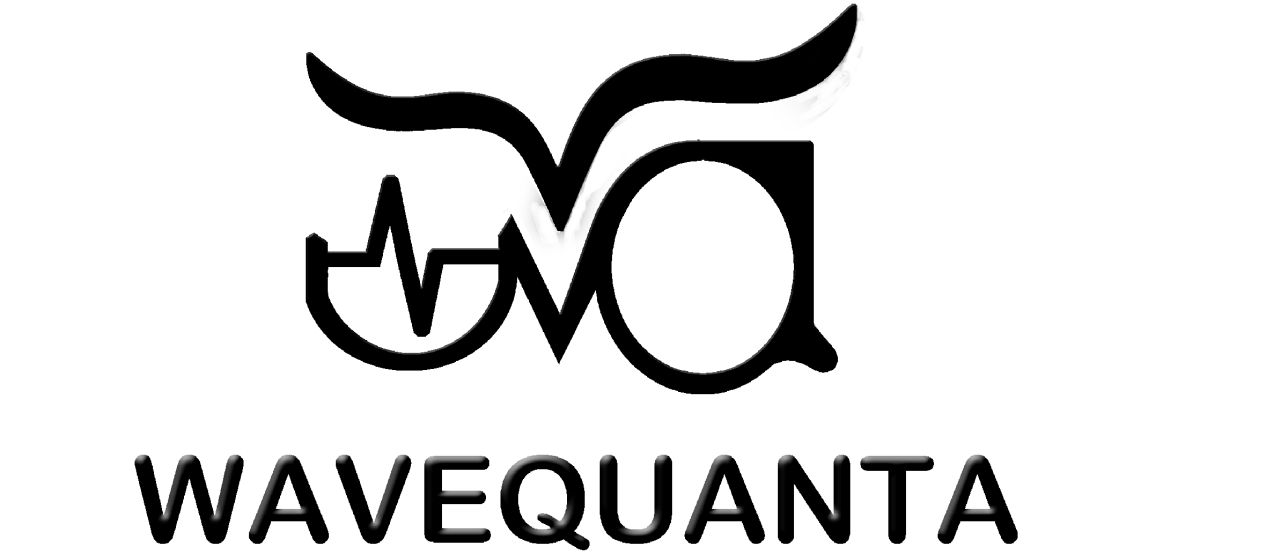



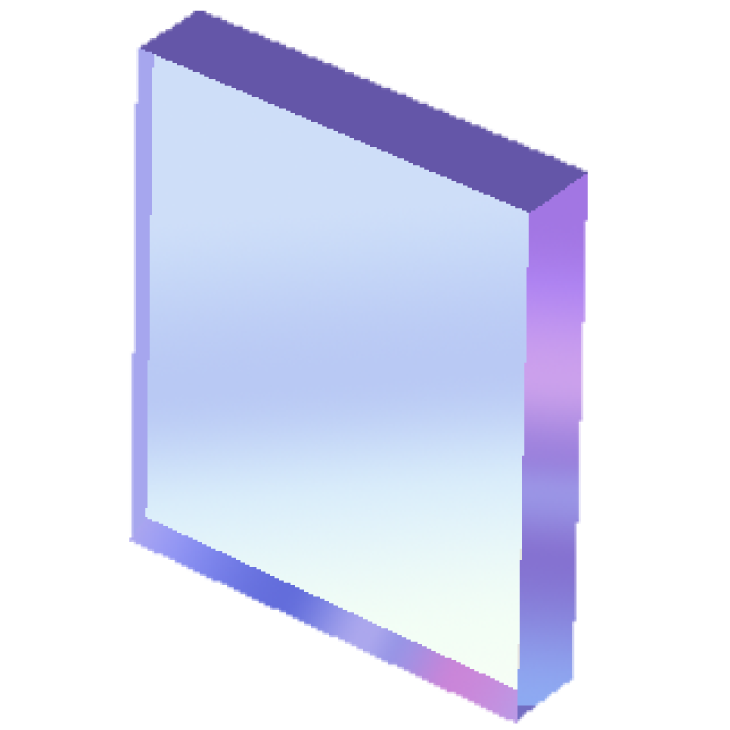
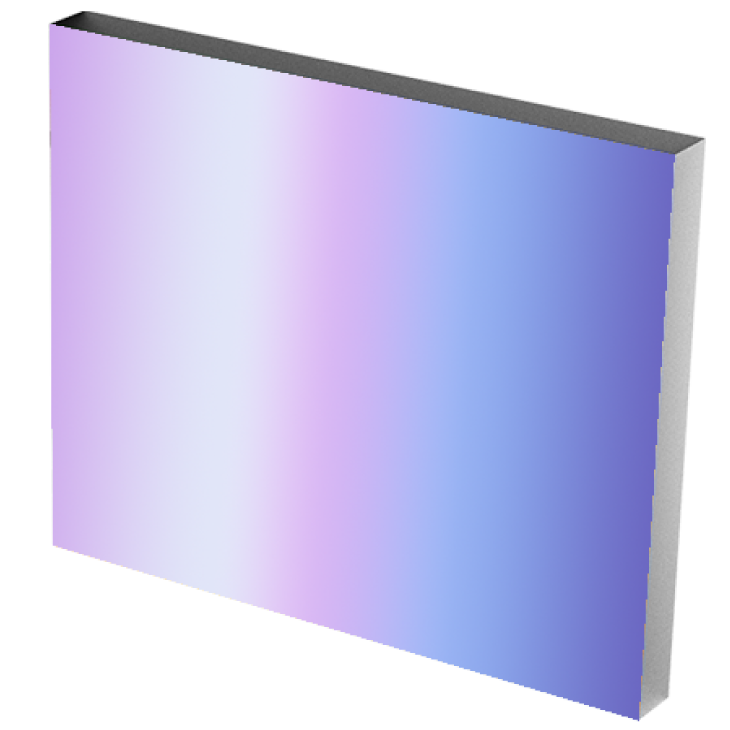



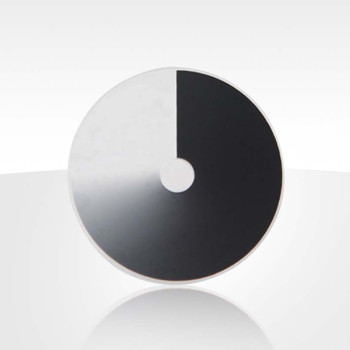

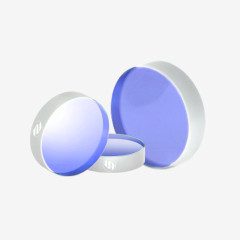
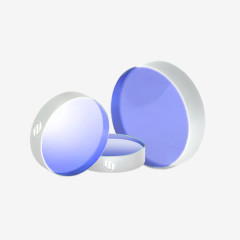
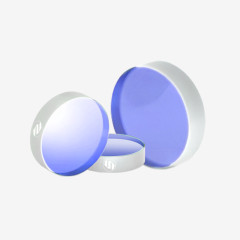
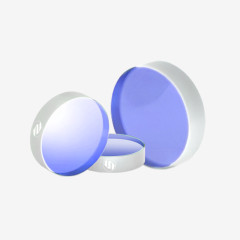
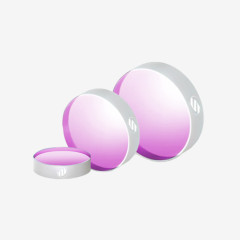
Product evaluation
%High praise
There are comments